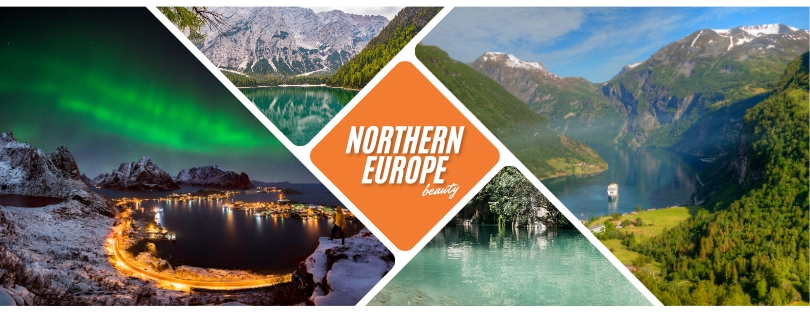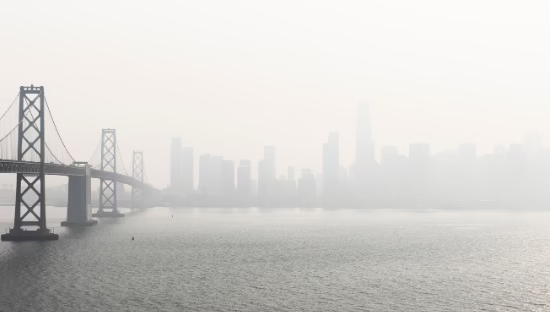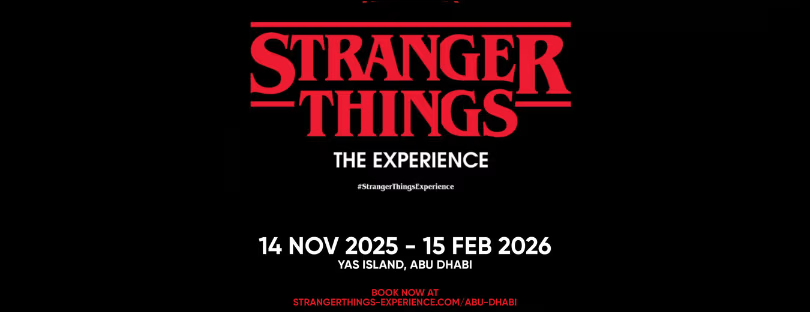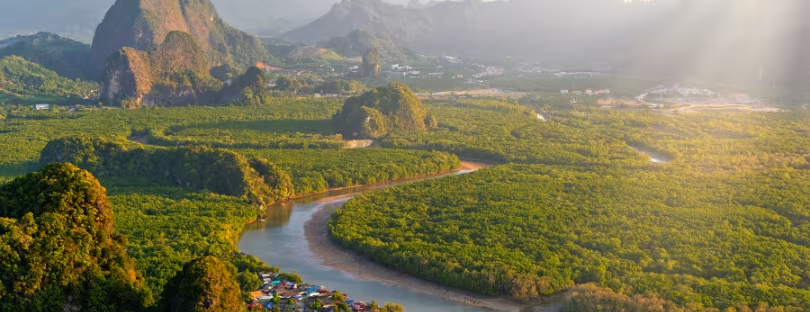
Exploring the Enchantment of Northern Europe
Northern Europe, a region defined by its majestic landscapes, rich histories, and thriving cultures, offers travelers a unique blend of natural beauty and urban sophistication. From the stunning fjords of Norway to the vibrant streets of Stockholm, this part of the world provides endless opportunities for discovery.
Whether you are drawn to the mystical allure of the Northern Lights or the centuries-old traditions that permeate its cities, Northern Europe invites you to embark on an unforgettable journey.
A Land of Natural Wonders
The Iconic Fjords of Norway
The fjords of Norway, carved by ancient glaciers, are among the most stunning natural features in Northern Europe. These deep, narrow inlets are surrounded by towering cliffs, lush greenery, and cascading waterfalls. The Geirangerfjord and Nærøyfjord, both UNESCO World Heritage Sites, attract visitors from around the globe. Cruise ships frequently traverse these waters, offering breathtaking views of the pristine landscapes. For adventure enthusiasts, hiking trails like the Trolltunga or Preikestolen provide a chance to experience Norway’s dramatic terrain firsthand.
The Northern Lights: A Celestial Phenomenon
Northern Europe is one of the best places on Earth to witness the Aurora Borealis, or Northern Lights. This natural light display, caused by solar particles colliding with Earth’s atmosphere, is most visible in regions close to the Arctic Circle. Iceland, Finland, and northern Sweden offer prime viewing spots, with organized tours ensuring travelers can experience this magical spectacle. For the most immersive experience, consider staying in glass igloos or Aurora cabins in Finnish Lapland.
The Unique Wildlife of the Arctic
Northern Europe is home to a variety of wildlife adapted to its cold climates. The Arctic fox, reindeer, and puffins are just a few examples of the region’s fauna. In Svalbard, Norway, polar bear safaris offer a rare opportunity to observe these majestic creatures in their natural habitat. Meanwhile, whale-watching tours along the coasts of Iceland and Norway let visitors see humpback whales, orcas, and blue whales up close.
A Journey Through History and Culture
Viking Heritage
Northern Europe’s Viking heritage remains a cornerstone of its identity. Denmark, Norway, and Sweden, once the heart of Viking activity, boast museums and historical sites that shed light on this fascinating era. The Viking Ship Museum in Oslo houses well-preserved ships that date back to the ninth century, while Denmark’s Roskilde Festival Park offers reenactments of Viking life. These experiences allow visitors to connect with the maritime legacy that shaped the region.
Historic Capitals
The capitals of Northern Europe are steeped in history and architectural grandeur. Copenhagen, Denmark, is famed for its colorful Nyhavn harbor, Amalienborg Palace, and the iconic Little Mermaid statue. Stockholm, often called the “Venice of the North,” enchants with its Gamla Stan (Old Town), the Royal Palace, and the innovative Vasa Museum, which houses a 17th-century warship. Helsinki, Finland’s modernist capital, features landmarks like the Temppeliaukio Church and Sibelius Monument, blending contemporary design with historic charm.
Unique Cultural Traditions
Northern Europe’s cultural traditions are as diverse as its landscapes. In Finland, the tradition of sauna is an integral part of daily life, while in Iceland, locals cherish the unique concept of Jólabókaflóð, a Christmas Eve book-giving tradition. The Danish concept of hygge—a feeling of coziness and contentment—is reflected in the region’s emphasis on well-being and quality of life. These customs provide a window into the lifestyles of Northern European people.
Culinary Delights of Northern Europe
Seafood and Nordic Cuisine
The waters surrounding Northern Europe yield some of the finest seafood in the world. From smoked salmon in Norway to herring in Sweden, the region’s culinary traditions are deeply tied to its natural resources. Denmark’s New Nordic Cuisine, championed by restaurants like Noma, focuses on local, seasonal ingredients prepared with innovative techniques. In Iceland, dishes like lamb stew and skyr (a type of yogurt) showcase the island’s culinary heritage.
Traditional Drinks
Northern Europe is also known for its traditional beverages. Finnish glögi, a spiced mulled wine, warms the soul during cold winters, while Sweden’s snaps and Denmark’s aquavit are popular spirits. Craft beer culture thrives in cities like Copenhagen, where microbreweries produce unique brews that reflect the region’s creativity.
Modern Innovation Meets Timeless Charm
Sustainability in Northern Europe
Sustainability is at the heart of Northern Europe’s ethos. Countries like Sweden and Denmark lead the way in renewable energy and eco-friendly practices. Stockholm is often referred to as the “Green Capital of Europe,” thanks to its extensive parks and efficient public transport system. Similarly, Iceland’s geothermal energy powers homes and businesses, reducing the country’s carbon footprint.
Design and Architecture
The region’s design scene is another highlight. Scandinavian minimalism, characterized by clean lines and functional elegance, has influenced global trends in furniture, interiors, and fashion. Landmarks such as Helsinki’s Oodi Library and Oslo’s Opera House exemplify modern architecture’s integration with natural surroundings.
Travel Tips for Northern Europe
Best Times to Visit
The ideal time to explore Northern Europe depends on your interests. For those eager to experience the midnight sun, summer months (June to August) offer extended daylight hours, ideal for outdoor activities. Winter (December to February) is perfect for skiing, dog sledding, and viewing the Northern Lights.
Getting Around
Traveling within Northern Europe is seamless, thanks to efficient transportation networks. Trains, ferries, and flights connect major cities, while well-maintained roads and scenic routes make road trips a pleasure. Regional passes, like the Scandinavian Rail Pass, offer cost-effective travel options for exploring multiple countries.
What to Pack
Given Northern Europe’s varied climates, packing appropriately is crucial. Layers are essential, as temperatures can fluctuate throughout the day. Waterproof clothing and sturdy footwear are a must, especially for outdoor activities.
Final Thoughts
Northern Europe’s allure lies in its remarkable diversity, blending untamed wilderness with sophisticated urban environments. From exploring ancient Viking roots to marveling at modern innovations, this region promises an enriching experience for every traveler. As you plan your journey, immerse yourself in the culture, history, and natural beauty that define Northern Europe.










